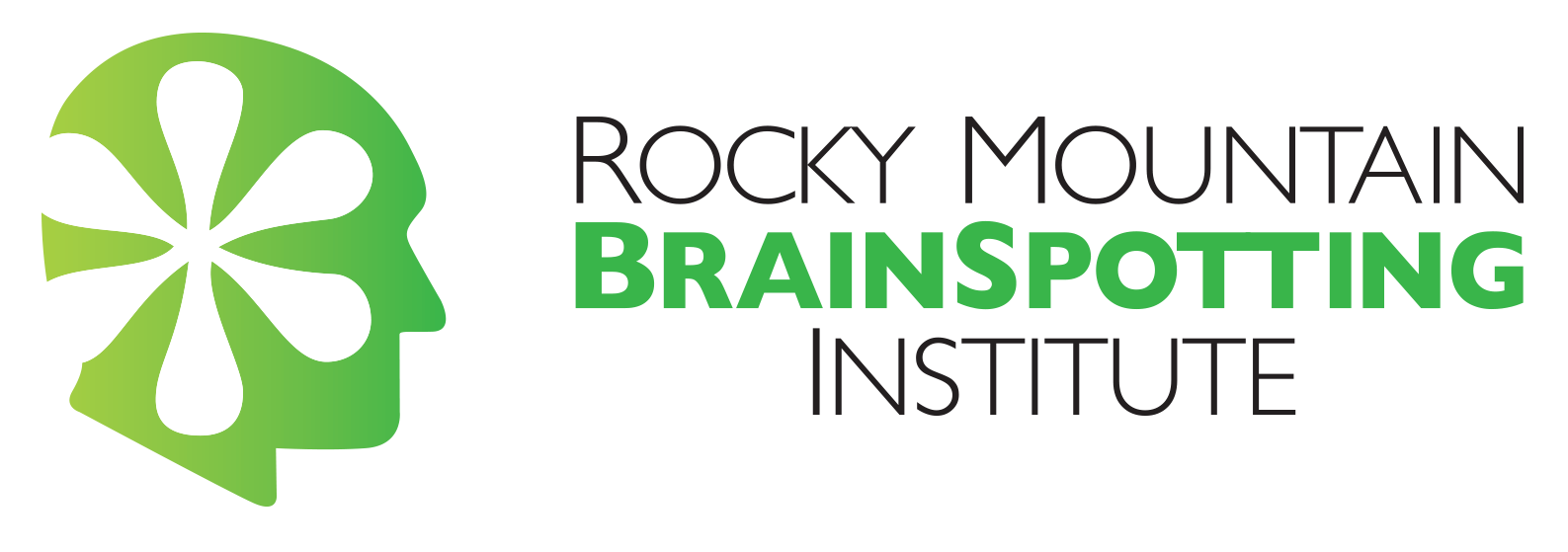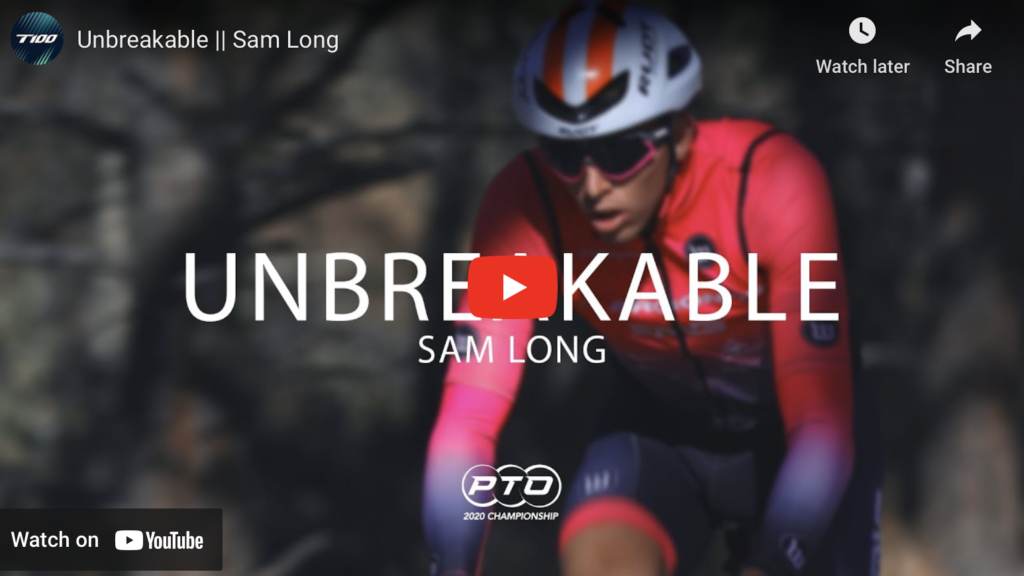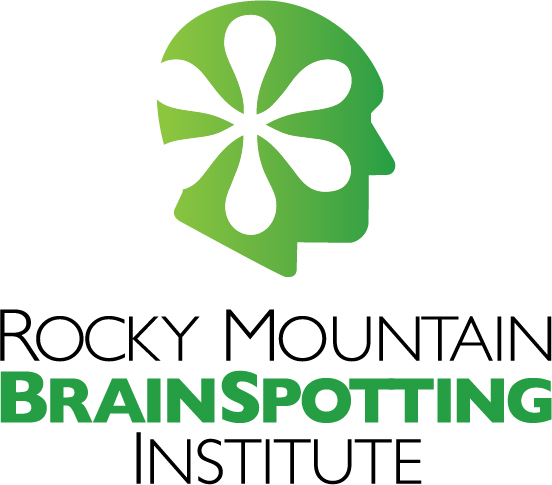Edit Content
Make A Donation
Please consider including RMBI in your charitable giving.
We ask for donations to support our work to promote mental health through Brainspotting, provide educational opportunities for members, and through our Scholarship Treatment Fund, we pay for Brainspotting therapy for individuals who do not have health insurance or the means to pay for therapy.

The Rocky Mountain Brainspotting Institute (RMBI) is a nonprofit 501(c)(3) organization that was created to promote and advance the use of Brainspotting, a brain-body treatment approach.
Brainspotting Resources
Member Resources
Copyright © 2024 Mountain Brainspotting Institute (RMBI). EIN 27-0199484 | Website Designed By Be Digital Marketing Co.















